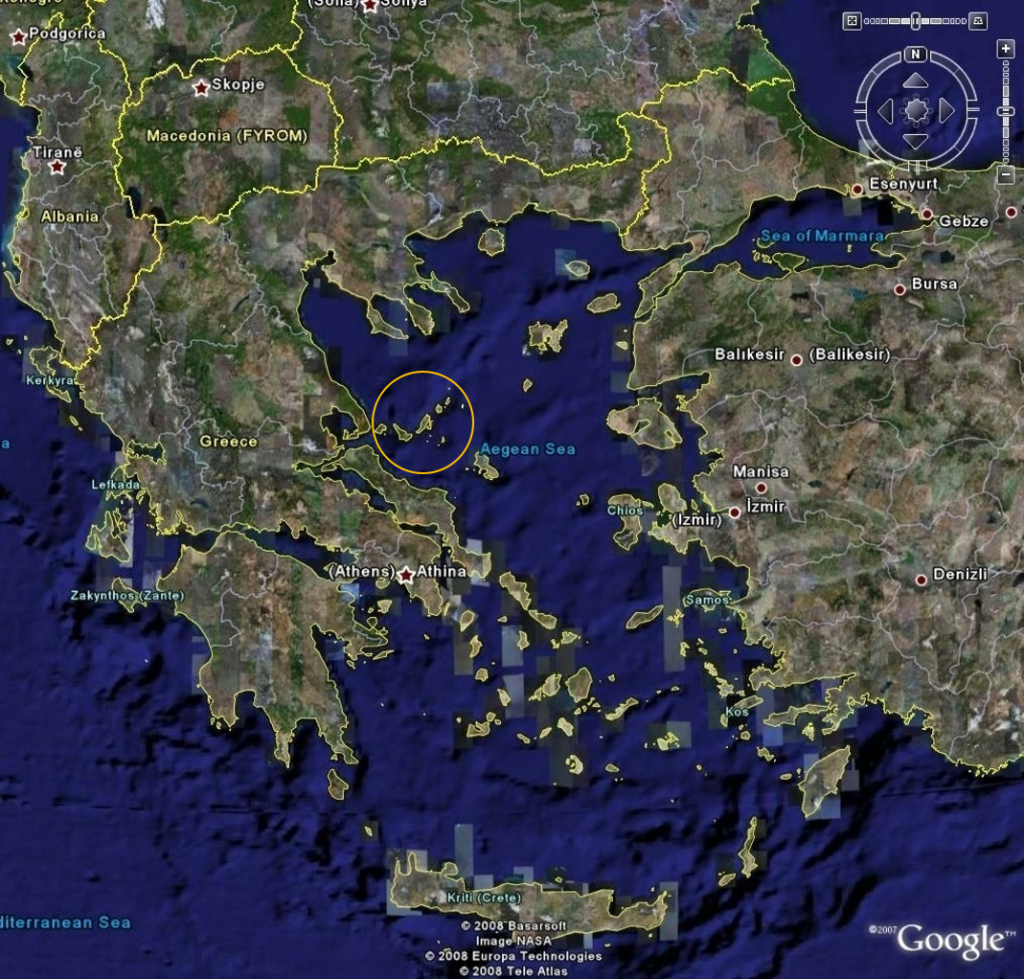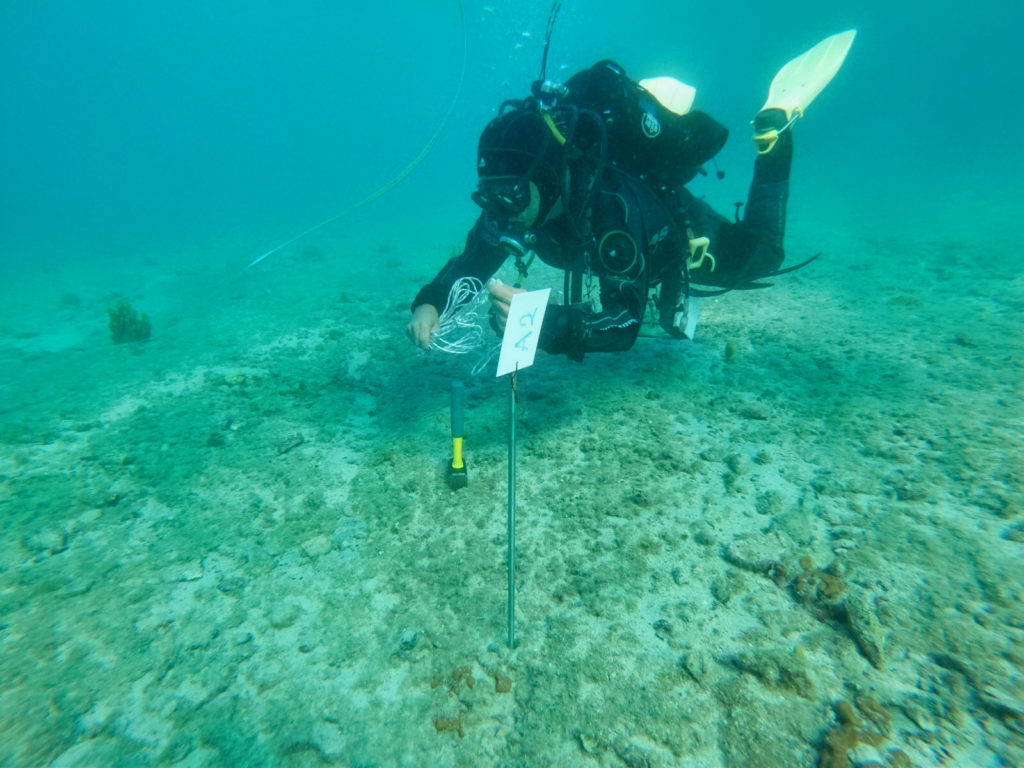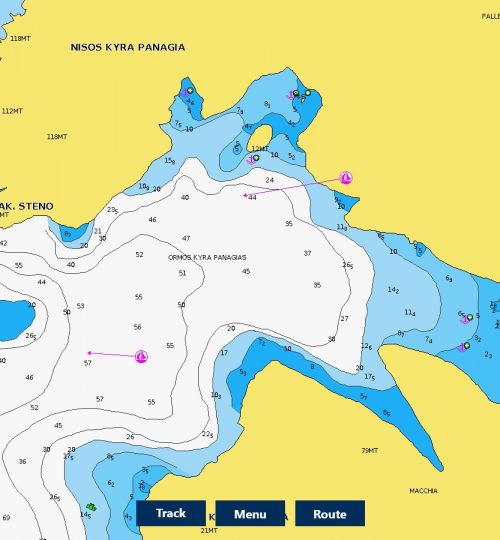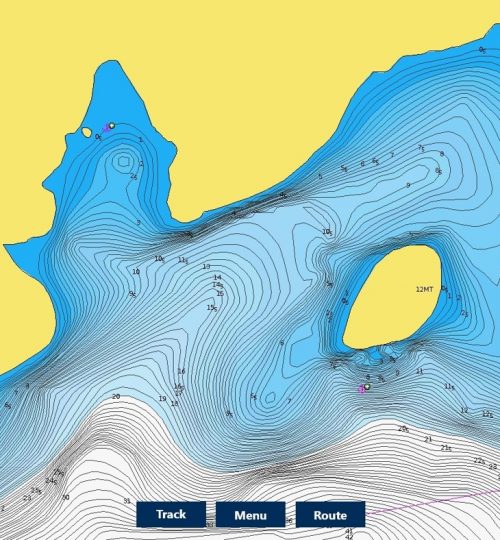agios petros and aegean prehistory
The importance of agios petros for the aegean maritime archaeology –
the prehistoric context
There is growing archaeological evidence that some of these small groups of farmers ‘on the move’ from the Near East, instead of following land routes to the west (or perhaps complementary to them), took advantage of the longstanding maritime tradition of the Aegean as a means of travel and a way of life – and boarded boats.
Details of these sea movements, such as their setting of departure (inland or coastal), range, duration, or logistics (the type of boats used, cargo carried, etc.) remain speculative and will be the focus of the new 5year research program in Agios Petros.


RESEARCH QUESTIONS TO BE ANSWERED
One can reasonably wonder whether these seaborne farming groups had their Aegean destination targeted and therefore set out to colonize a specific island, or whether they moved cautiously by making timid attempts to visit islands close to littoral areas such as Agios Petros off the coast of Thessaly. Or were they leapfrogging by leaving empty spaces between the place of their departure and final destination?
Were these groups aware of what they were likely to encounter when they arrived, in terms of local environmental conditions, or the possible presence of indigenous groups already inhabiting the islands (Mesolithic)?
The potential significance of Agios Petros is even greater if we consider it in the light of the following two considerations: (1) the climate changes associated with the 8.200 BP (6.400 BC) episode and the beginning of farming in Greece and the Balkans and (2) the advent of early voyaging on the part of farming groups in the Aegean. In the later case, it is of major interest to know how far back in time we as archaeologists can trace voyaging in this region of the Mediterranean.

WHY AGIOS PETROS IS IMPORTANT FOR AEGEAN MARITIME ARCHAEOLOGY –
THE 5 YEAR FIELDWORK PROJECT
It seems that Agios Petros has survived the most extreme levels of marine attack. This leaves open the possibility of a successful, systematic excavation of its rich and undisturbed Neolithic underwater deposits.
This kind of underwater fieldwork may solve many questions, such as the date of the first occupation of the site, which may regress in time, or the discovery of tools related to marine activities, equipment, etc., which would contribute to a better understanding of maritime life in the Aegean.
Agios Petros was probably a center for marine activities, situated as it is on a perfect natural harbor where boats could be built on the beach, launched, or pulled out of the water as required. It seems likely that the site commanded a leading position in a seaborne exchange network in the northern Aegean during the Early Neolithic (6.000 BC)
Questions about the types of boats that were used are impossible to answer so far, aside from reckoning that they must have been spacious enough to hold a large cargo, including pairs of animals (sheep, goats, pigs, or even cows) that would be transported to the islands for live stocking.
Indeed, animal bone remains at Agios Petros confirm that domesticated and wild animals (both taxa not endemic in the area) were brought in by the first settlers around 6,000 BC. This throws light on the logistics required of these early sea adventurers, whether they are described as ‘farming seafarers’ or ‘seafaring farmers.’

5 YEARS WORK PLAN IN AGIOS PETROS –
MAIN RESEARCH QUESTIONS
A topic of interest concerns early voyaging (commonly called “seafaring”). The idea that sea routes may have facilitated cultural contacts and led to practices being shared over a wide area in the Neolithic extending over the Aegean area should be regarded absolutely certain. However, in the case of the Aegean, there is a still a lack of firm evidence that would take voyaging back to the time of the Early Neolithic (first half of the 7th mill BC).
The question of whether or not a given island was actually an island at a given time in the remote past now becomes a fundamental one, and the subject is one that our future work at Agios Petros is expected to highlight
On a separate front, our studies on the basis of pollen analysis and the study of other biological markers are expected to try to reconstruct the prevailing climatic conditions and the kinds of vegetation present in the area of Sporades.
GALLERY
THE ISlAND


